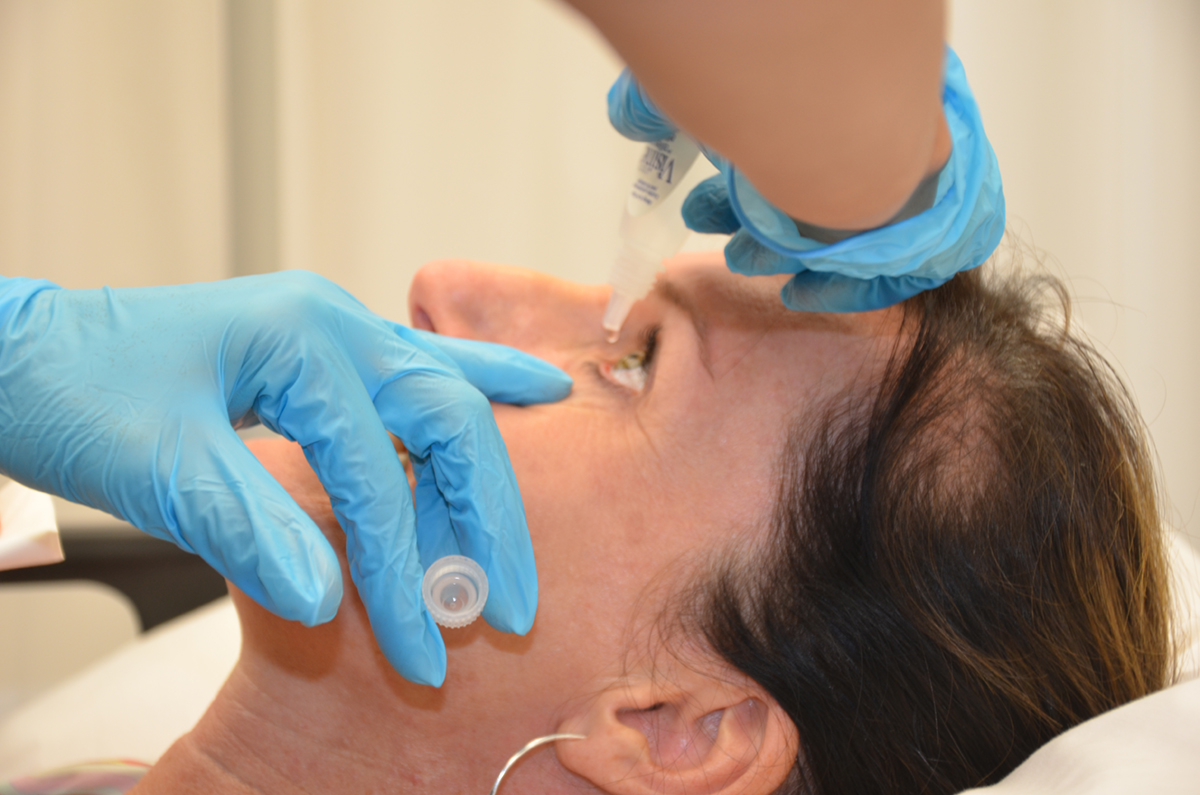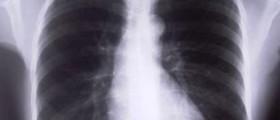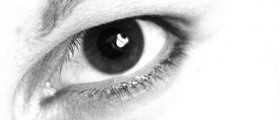
Pilocarpine
Pilocarpine is alkaloid, extracted from the leaves of the Pilocarpus plants. This alkaloid acts as the parasympathomimetic, which means it resembles muscarinic effects on the parasymphatetic nervous system.
Pilocarpine eye drops are used as any other eye drops. Wash your hands thoroughly and remove the protective cap from the bottle. Tilt your head to the back and create a pouch in the lower eyelid. Drop the prescribed dose of pilocarpine eye drops into the eye and try not to blink for a minute. After that, put the cap on the bottle and tighten it.
Pilocarpine Eye Drops Use
Pilocarpine is mainly used to treat different eye problems, especially glaucoma. This is an eye problem that affects the optic nerve, because of the increased pressure in the eye. The pressure in the eye can severely damage the optic nerve and cause irreversible loss of vision. Pilocarpine eye drops are used in this case to relieve the symptoms of glaucoma.
There are two ways to lower the high pressure in the eyes. One is to increase the fluid drainage from the eye and the other to slow the production of eye fluid. Pilocarpine stimulates the muscles around the eyes and that stimulation causes pressure on the drainage channels, which increase the rate of fluid drainage. Without excess fluid in the eye, there is no more heightened eye pressure and glaucoma.
Pilocarpine eye drops are also used to treat other eye conditions. In patients that just had their phakic intraocular lenses implanted, Pilocarpine eye drops are used to decrease the risk of glare from lights at night. For this indication, doctors usually recommend eye drops with 1% or even less Pilocarpine.
Cystic fibrosis (CF) diagnosis would be impossible without pilocarpine. This alkaloid can stimulate the sweat glands, leading to increased sweating. In CF patients this is immensely important, because they excrete chloride and sodium through the sweat. Measuring the concentration of these minerals, doctors are able to diagnose this condition properly.
Pilocarpine is useful as the antidote for poisoning, especially if a person was poisoned with hyoscyamine, scopolamine or atropine.
Pilocarpine is also used to reduce the side effects of the radiation therapy. It increases the production of saliva and sweat and thus relieves dry mouth (xerostomia) in chemotherapy patients, especially in those treated for head and neck cancers.
Pilocarpine Adverse Effects
Don’t ever use pilocarpine eye drops without the prescription from your doctor.
Most side effects of pilocarpine are associated with the first use of these eye drops. Patients could complain about blurred vision, and sometimes headache, dizziness, or stinginess. All symptoms usually disappear very quickly, but if they get prolonged or worsened you should consult your doctor immediately. The same goes for sweating, vomiting, diarrhea and heartbeat problems – if any of these occur, call your doctor.

















Your thoughts on this
Loading...